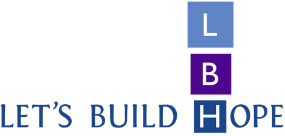I firmly believe that a new era has dawned for emerging fundraising professionals of color.
Reflecting on the early days of my career, I stumbled into this field with little understanding that a non-profit fundraising career even existed. In 1990, fresh out of undergrad, I took on the role of a departmental secretary in alumni relations at Washington University in St. Louis, MO. I was not only the sole Black individual in alumni relations but also on the fundraising side of the massive alumni and development shop.
Read More
